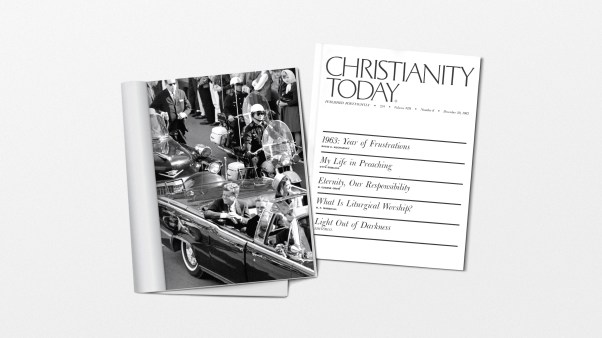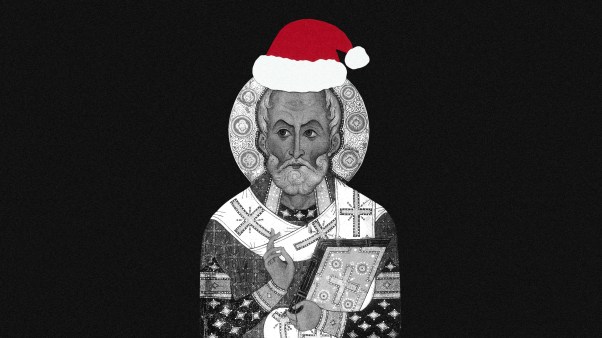In this series

Alaric, barbarian king of the Visigoths, was the straw that broke the Roman camel’s back. On August 24, 410, Alaric and his troops entered Rome and pillaged the city for three days. He and his troops carried off vast amounts of booty and left behind a city of corpses and ruins. Alaric’s deed signaled the end of the Roman empire.
Many Roman citizens blamed the sack on Christianity, which had displaced paganism as the state religion. Angry pagans argued that the old religion had been betrayed. Word spread quickly that defeat had come because the pagan deities were offended by all this Christianizing, and that Alaric was their chastisement.
To answer these accusations, Augustine composed his great treatise, The City of God. In the first part he reminds pagan accusers that Rome had suffered catastrophes long before the advent of Christianity. He suggests it was not Christianity that brought Rome to her knees, but decadence within.
However, Augustine’s great work contains a good deal more than a simple response to accusations against Christianity. He seizes the opportunity to set forth a Christian philosophy of history. As he sets it forth, history is really the tale of two cities—the City of God, inhabited by God’s people, and the earthly city, inhabited by sinners who reject God. The two cities and their citizens are combatants in the age-old struggle between righteousness and wickedness.
Though inhabited by God’s people, Augustine’s City of God is certainly not a physical city of bricks and mortar. It is a spiritual city, whose citizenship is determined by a personal relationship to God. This overarching conception of history governed Augustine’s theological interpretation of the millennium.
Like other Christians of his day, Augustine had for a while anticipated that Christ would, after his return, establish an earthly millennial kingdom. It seemed fitting that the saints should enjoy a thousand-year Sabbath rest after the labors of 6,000 years. But he became disenchanted with this view after encountering the Chiliasts—extremist “Christians” who envisioned the millennium as a thousand years of reveling in “carnal” and “immoderate” pleasures. A Chiliast named Cerinthus said he was looking forward to an earthly kingdom of sensual pleasures characterized by “gratification of appetite and lust.”
Disillusionment with the Chiliasts led Augustine to an intensive study of Revelation 20:1–10, the only passage in the New Testament that speaks directly about the millennium. For him, the significance of the millennial kingdom, like the City of God, lay in its spiritual character. He saw the millennial kingdom as being primarily the reign of Christ in the hearts of the faithful. He apparently came to believe that viewing the millennial kingdom as physical and political tended one toward the error of the Chiliasts.
However, Augustine’s argument was not with those who said this passage referred to a literal 1,000 years. He acknowledged this as a possible interpretation. But he preferred a broader view of the thousand years, as a term marking an indefinite period of time between the first advent, when Christ’s kingdom was established, and his second advent. During this span of time, writes Augustine, the devil is “prevented from the exercise of his whole power to seduce men” and the saints “reign with Christ” over his spiritual kingdom. When Christ returns, he will judge the living and the dead, and then will usher in the eternal state.
Here, as in salvation theology and ecclesiology, Augustine’s conclusions were very influential. His spiritual view of the millennial kingdom became the predominant view of the traditional church for the next 12 centuries. In fact, until the 17th century virtually every orthodox leader in Christendom held to an Augustinian view of the millennium. And today, numerous postmillennialists and amillennialists still look to Augustine as their forebear.
Copyright © 1987 by the author or Christianity Today/Christian History magazine. Click here for reprint information on Christian History.










